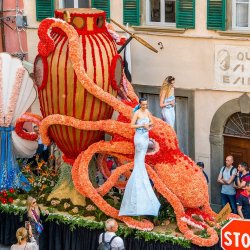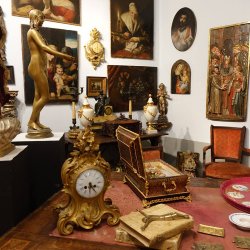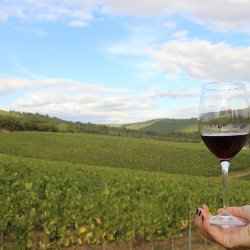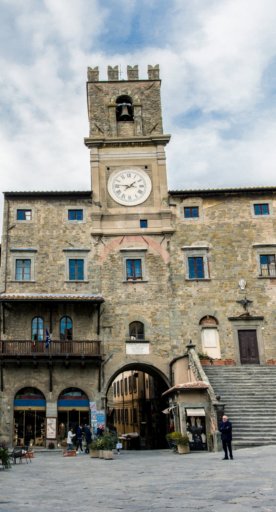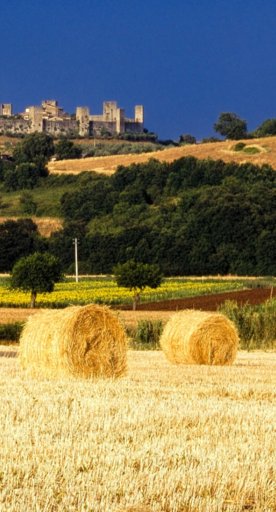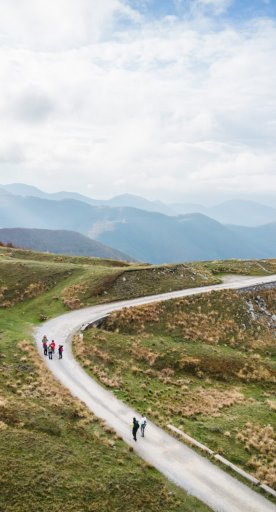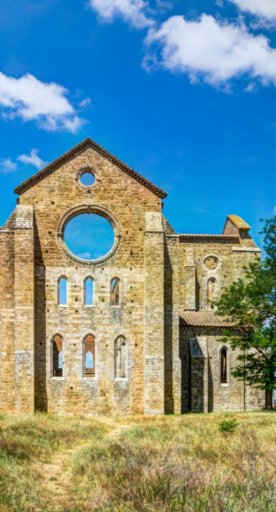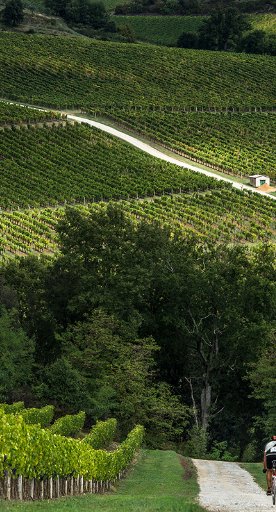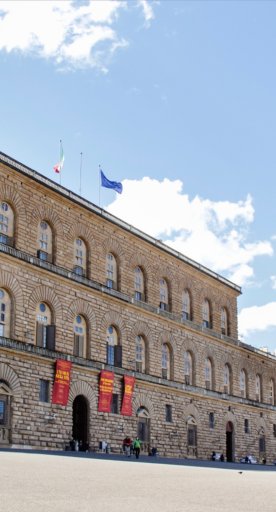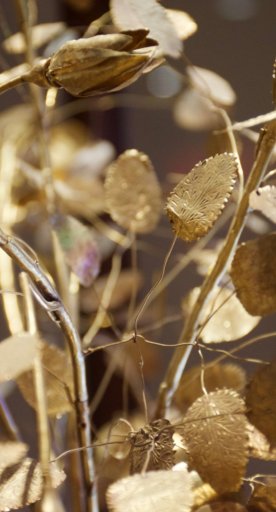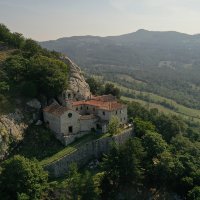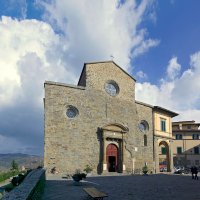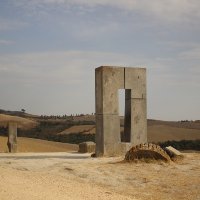

Villages, art and nature... en plein air
Ideas for a trip by camper or caravan between Cortona, Arezzo and the Casentino area
Ideas for moving between the Valdichiana Aretina and the Casentino, passing through beautiful Arezzo, weaving through villages and cities of art surrounded by naturalistic areas of extraordinary importance.
You will discover the vestiges of Etruscan civilization and the masterpieces of artists such as Pietro Lorenzetti and Piero della Francesca; the ancient manors and nature of the Casentino Forest National Park, in which the Sasso Fratino Strict Nature Reserve is included, with its UNESCO-protected ancient beech forest. And again, the green mobility experiences along the new Arno bike path and the trails, which invite a deep reconnection.
We can move around freely, taking advantage of the municipal equipped areas or the comfortable agri-campsites in the area.
-
1.Cortona - one of the most beautiful villages in Italy
-
2.Castiglion Fiorentino - a balcony overlooking the Chio Valley
-
3.Arezzo - in the city of Petrarch
-
4.The villages of Casentino: Bibbiena
-
5.The villages of Casentino: Poppi
-
6.The villages of Casentino: Pratovecchio and Stia
Cortona - one of the most beautiful villages in Italy

Cortona was one of the richest and most powerful Etruscan cities. The path of discovery of this beautiful medieval town starts from its historic center, which has its centerpiece in Piazza della Repubblica and Piazza Signorelli. On the former, the Municipal Palace, built in the 12th century on the ruins of the Roman forum dominates the scene: the imposing staircase and the bell tower with its monumental clock catch the eye; also of note is the Passerini Palace, known as the Palazzo del Capitano del Popolo (Palace of the Captain of the People), which stands on the right. A few steps separate us from Piazza Signorelli, with its theater built in the mid-19th century and Casale Palace, the historic home of the Museum of the Etruscan Academy of Cortona. Founded in 1727, the MAEC is the first public museum in Italy.
In the plain at the foot of the city, on the other hand, stand the "melons", Etruscan burial mounds from the Archaic period among which the Sodo Tumulus II stands out, with its spectacular staircase-terrace decorated with sculptural groups and architectural elements in an Orientalizing style.
Parking areas: you can leave your vehicle at the Santo Spirito parking lot for the duration of your visit.
Alternatively, we can take advantage of the public transportation stop near the municipal parking area at the entrance to the Sodo Archaeological Park.
Castiglion Fiorentino - a balcony overlooking the Chio Valley

Passing through the Florentine Gate, one climbs to the Piazza del Municipio where the Vasariane Loggias, a nine-arched building traditionally attributed to Vasari, stand out: the building gives a beautiful balcony over the Chio valley crossed by the Vingone stream. The walk touches the ancient fortress, the church and cloister of San Francesco, and the Praetorian Palace; having time you can linger in the picture gallery housed in the church of Sant'Angelo or enjoy lunch in a panoramic restaurant overlooking the city walls.
Parking areas: In Castiglion Fiorentino only for the duration of the visit you can use the parking lot in Piazza Garibaldi.
Arezzo - in the city of Petrarch

Arezzo is a city rich in art and history. Piazza Grande, the frescoes by Piero della Francesca in the church of San Francesco, the Cathedral, the Medici Fortress and Cimabue's crucifix inside the basilica of San Domenico are not to be missed.
But the city offers numerous reasons to visit again, at all times of the year.
A municipal equipped area is located on Via Giovanni da Palestrina, near a sports field. Thanks to a set of escalators, reaching the historic center is a matter of minutes.
The villages of Casentino: Bibbiena

As we travel up the course of the Arno River, we can embrace the villages of Casentino, the narrow valley between Pratomagno and the Apennines, and walk through the silences of the forests in a landscape of intense spirituality that leads to the hermitages of Camaldoli and La Verna.
In the village of Bibbiena, the main points of interest are the Piazza del Comune, the Tarlati Tower and the church dedicated to San Lorenzo, which houses two Della Robbia signed ceramics. Attractions in the historic center include the Casentino Archaeological Museum “Piero Albertoni”, housed in Niccolini Palace, and the Italian Center of Author Photography, on Via delle Monache. A short distance from the town, a walk leads to the shrine of Santa Maria del Sasso (visitable only during celebrations).
Equipped area: via Palazzetto, at the service area Bibbiena Carburanti, behind the shopping center Il Casentino.
The SR142 road up from Bibbiena is the most convenient way to visit the Hermitage of Camaldoli. From the hermitage, taking advantage of the large parking lot (no parking at night), it is possible to make hikes of various lengths and difficulties among the woods dominated by white spruce and beech. The hermitage is located along the route of the Alta Via dei Parchi.
Reachable by camper from Bibbiena via SP208 (ample paid parking spaces nearby), La Verna Sanctuary is the place where Francis of Assisi received the stigmata, and where it is possible to visit the cave where Francis found refuge during his isolation.
The villages of Casentino: Poppi

The castle of the Conti Guidi is one of the symbols of Poppi: Dante Alighieri found refuge here during his exile. Passing through the Lion's Gate that gives access to the castle, the inner courtyard presents a scenic staircase that leads to the various rooms: among these are the large, frescoed Celebration Hall and the Rilliana Library, which holds precious illuminated incunabula and sixteenth-century books. It is worth reaching the top of the bell tower, an extraordinary balcony over the valley.
The La Crocina equipped area is a short walk from the center of Poppi.
The villages of Casentino: Pratovecchio and Stia
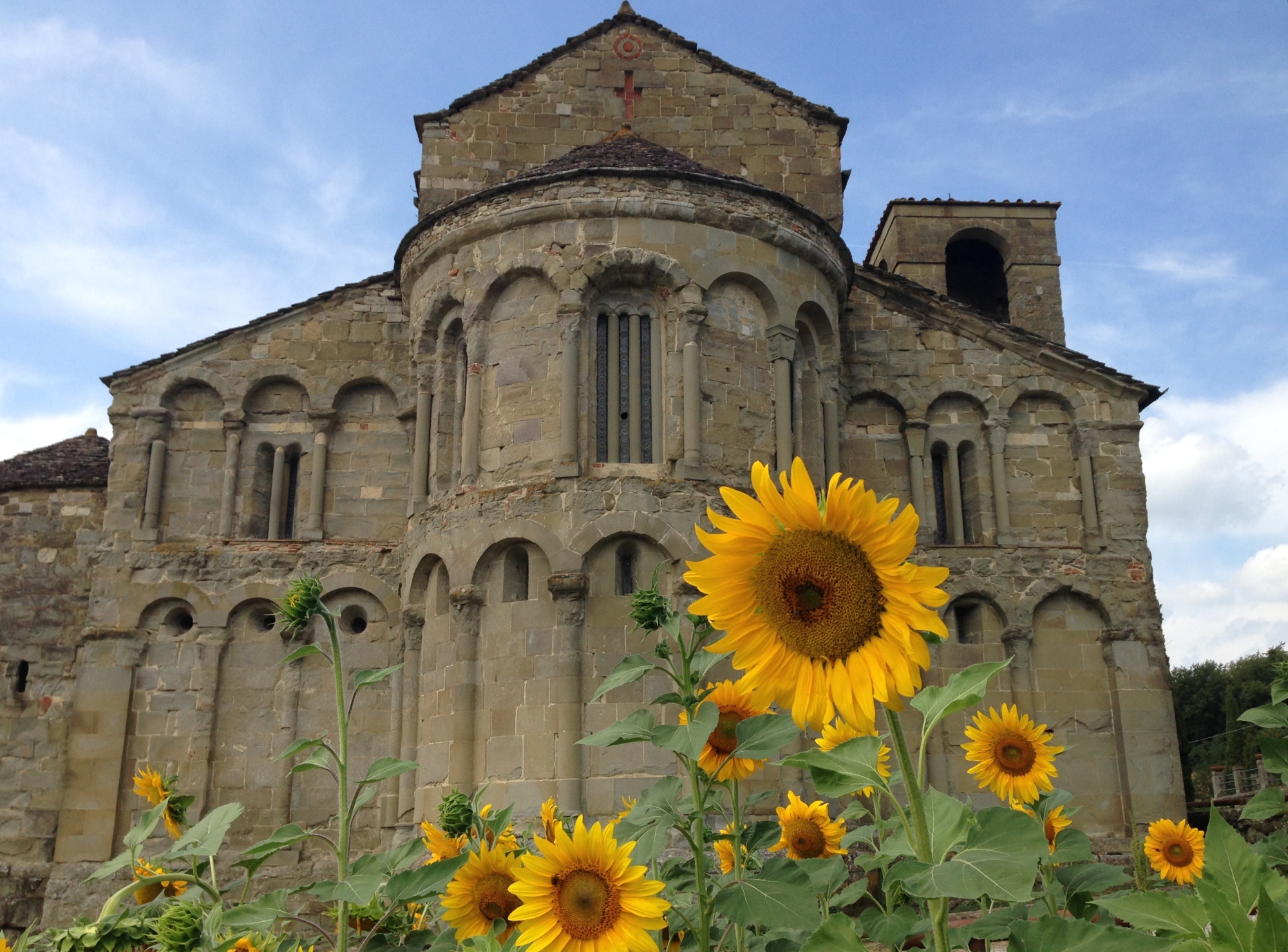
These two small villages are located in an ideal setting for lovers of nature, mountains and outdoor activities. In Stia not to be missed is a walk through the steep Piazza Tanucci, surrounded by beautiful buildings that testify to the past wealth of the village. While when visiting Pratovecchio you will be impressed by the majestic Romena Castle.
There are two rest areas between Stia and Pratovecchio. The first is currently under renovation and is located in Via Londa, near the Canto alla Rana Park, where in summer it is possible to bathe in the cold, clean waters of the Arno. The second, recently inaugurated, is located in Piazza del Mulino in Pratovecchio, along the Arno bike path, a green way under construction that will follow the course of the river almost entirely.




